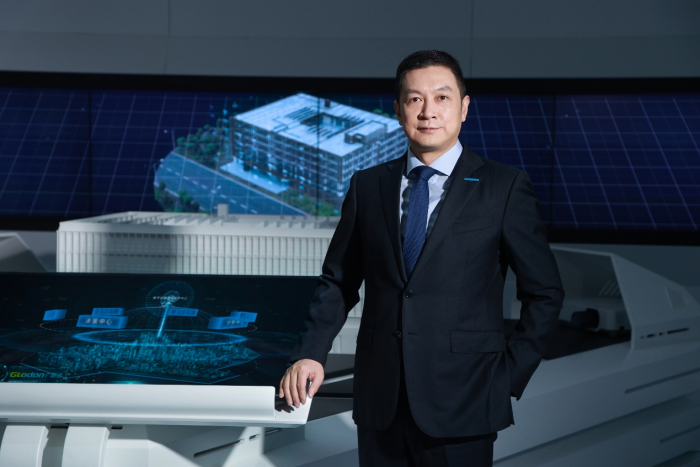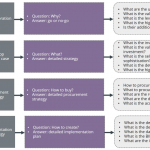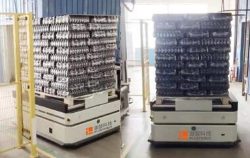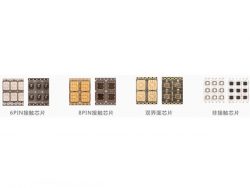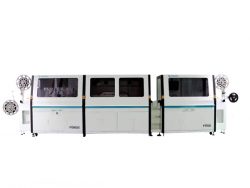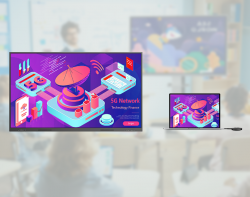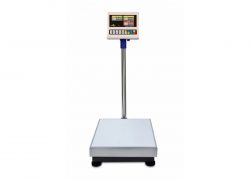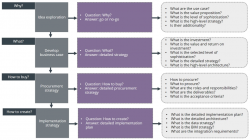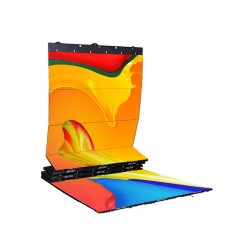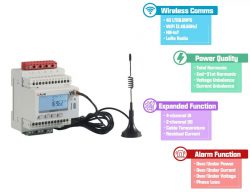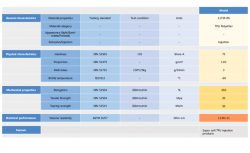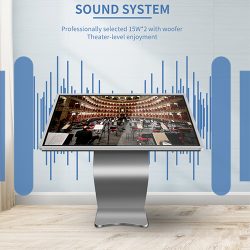Voice of Glodon: The Key to Digital Transformation in Construction Industry
Voice of Glodon: The Key to Digital Transformation in Construction Industry
Over the past century, the development of digital applications in the construction industry has fallen behind other countries. According to McKinsey Global Institute’s Industry Digitalization Index, the construction industry is ranked as the second least digitalized industry in the world.
As awareness of environmental protection has increased over recent years, developing regions have shifted the focus of their development in the construction industry toward high quality and efficiency. Developed regions are paying increased attention to asset operations, maintenance and management. The industry’s need for digitalization is becoming increasingly evident. The new type of industrialization of the construction industry should be carried out through digital means. And the previous investment-intensive large-scale growth model should be transformed into a new development model driven by value creation to green the entire value chain and orient industrial transformation and upgrading towards industry-level refinement.
Smart building digital twins have become one of the best vehicles for all stakeholders’ efforts throughout the entire project life cycle, to systematically integrate digital applications and optimize productivity and production relations. This involves comprehensive use of information technologies such as sensors, computing and modeling, for description, diagnosis and decision-making in physical space conducted via software definitions, thus ensuring interactive mapping between physical and virtual space.
BIM coordination, a pivotal part of the digital twin application, permits the creation of digital replicas with two-way connectivity to physical entities or processes, facilitating the transfer and integration of asset data at various stages of the life cycle. This information integration through digital twins is made possible by in-depth applications and mature technologies, such as cloud technology, big data, IoT, communication technology and AI. Virtual design permits, for example, the simulated implementation of physical projects, allowing a transition from the virtual to the real, while modeling makes an opposite transition possible. The virtual model can then be linked to the physical using sensing devices and intelligent hardware, permitting a symbiotic, closed-loop mutual mapping of virtual and real interactions. Thus, the digital twin seems set to become a key technological application in the construction industry, one which will play a pivotal role in catalyzing a once-in-a-century leap forward in the industry.
